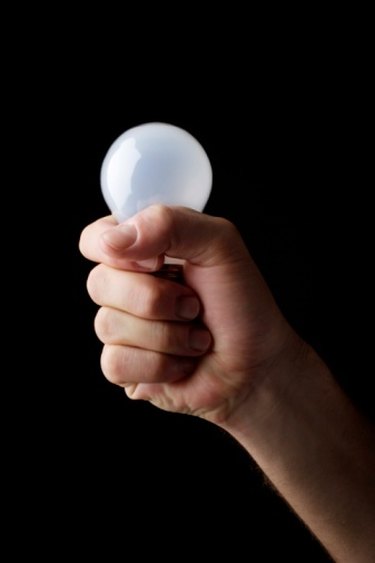
Designing the lighting in a new room involves more than just picking out a light fixture and plugging a few lamps into the wall. When you add lighting or change the lighting in your home, several different factors should be taken into consideration. The utilization factor of the lights affects how the lighting in your home is perceived, as well as the total effectiveness of the lighting arrangement.
What is Utilization Factor?
Video of the Day
The term utilization factor in lighting refers to what percentage of the actual light physically reaches the surface of the room. The utilization factor of a room can be affected and changed by several different components of the room. It is important to understand the utilization factor of your lighting when you install lights in a room, so you know how much lighting you need.
Video of the Day
Room Size
Utilization factor is affected by the size of the room. The larger the room, the smaller the utilization factor for each light. Take into account the size of the room and the brightness of each light you consider installing in the room, to ensure there is adequate lighting.
Reflective Surfaces
Reflective surfaces affect the utilization factor because they increase the brightness of lighting. If your light bounces back off a mirror, it appears brighter and increases the utilization factor of that particular room. Reflective surfaces include mirrors, glass and wall paint. The lighter the color of paint on your walls, the more reflective it is. Darker colors do the opposite and draw in light, making rooms seem darker, which reduces the utilization factor.
Other Factors
The contents of a room, as well as the use of the room, determines how much lighting to use. A retail store or office building is expected to be significantly brighter with more lighting than a home or a storage warehouse. The use of the building or room plays a part in determining the final utilization factor.